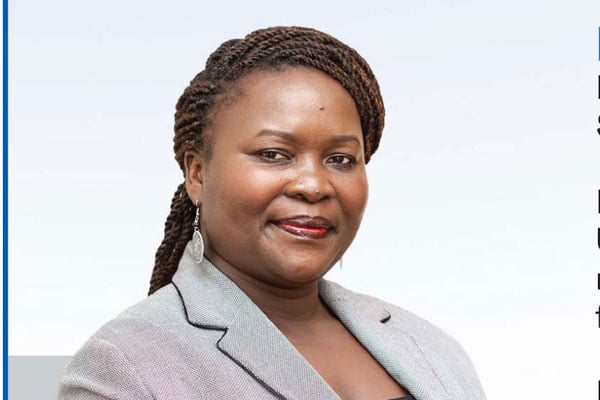Prime
Talks on health service delivery need to continue

Emilly Comfort Maractho
What you need to know:
The current conversation on the sector is desperately needed. What is great about it, is the often absent but much needed voices of citizens.
I have always been interested in health and education, and outside my media work, I find time to do research on these subjects, to feed my passion. In 2018, I embarked on a research project to understand volunteer health missions in Uganda.
The purpose was to establish how the value of such missions could be enhanced and what specific host communities thought of them. What was immediately surprising, was how deeply entrenched volunteer health missions were in Uganda – the practice of medical health workers and students coming from abroad for short periods of time to give badly needed health services to Ugandans. This, they largely do through health facilities or medical camps. Some of this is also executed by local experts.
As researchers, we were deliberate to also establish some gains that the health sector had made over the years. We found that, despite many of the health indicators remaining at low levels of achievement, there were good things to speak of.
For instance, there has clearly been increased investment in health. Some fairly significant gains had been made in the areas of child mortality, maternal mortality, HIV/Aids prevention and general improvement in the life expectancy of Ugandans.
A good example is how the general trend in childhood mortality showed an improvement over the years, going by the Uganda Demographic Health Surveys while infant mortality reduced by more than half, from 98 deaths per 1,000 children in 1989 to 43 deaths per 1,000 children in 2016. In the same vein, under five mortality rates reduced over the same from 177 to 64 deaths per 1,000 children, respectively.
Reductions in maternal mortality, prevention of HIV/Aids and increased life expectancy as a result of this health investment were all there to see. Specifically, a UNDP report indicated that life expectancy at birth in 2017 stood at 60.2 years, up from 45.5 in 1990.
Ofcourse, these can be attributed to many compounding factors but the recent improvements in the childhood mortality rates play a critical role. (UNDP, 2018).
Yet, the weeklong exhibition of the health sector must leave people really wondering if we and the whole country are not ‘a patient’. It is possible that every Ugandan has interfaced with the poor health service delivery in some form, if not directly, at least indirectly. The testimonies are heart wrenching.
What Jimmy Spire Ssentongo has done, is to give Ugandans an opportunity to say what they have been dealing with, in public. And that, is something no academic research such as the one we undertook, could ever on its own bring to the fore. These testimonies say a lot about why many live to wait for the opportunity to see visiting medical missions or local experts camping somewhere. We were told many stories too and found that the gains littering the pages of demographic surveys and testimonies from some Ugandans, paled in comparison to the huge gaps that exist.
For the most part, policy makers have made this about the pay of medical workers or increased infrastructure, but there are many more issues that reading through literature, surprised even some of us who thought we appreciated the health service challenges.
It is a wonder, that people are seemingly shocked by the magnitude of this problem. We have seen huge financing gaps in the health sector over the years. Social service delivery are such a small part of our priorities, that it is difficult to expect more from this.
For instance, in our analysis of eight financial years, between 2010 and 2018, the health sector had been allocated on average, eight percent of the total budget, although this has improved. This is about half the recommended amount according to the Abuja declaration and the country’s Health Sector Development Plan (HSDP) target of 15 percent.
As if that is not enough, the health sector budget is heavily reliant on donors. For instance, between FY 2010/2011 and FY 2014/2015, the proportion of donor resources contributing to the total health sector budget increased from 14 percent to 42 percent, according to Ministry of Health in 2018.
This situation makes the country vulnerable and unable to attain her key health priorities. Yet, even the effective use of the available meagre resources is impossible to understand. For most of us, it was the coronavirus that really exposed the poor state of health infrastructure.
Coupled with health infrastructure gaps, that deny Ugandans access to health facilities, including those who live by the facilities due to other deficiencies like availability of all that is needed to deliver health, makes this one of the touchiest subjects. Add to that health staffing gaps, laced with high rates of attrition and absenteeism among the personnel, especially at the lower health units, you have a crazy situation.
The current conversation on the sector is desperately needed. What is great about it, is the often absent but much needed voices of citizens. Maybe this is what will make the real difference, when citizens begin to appreciate how bad the situation actually is, even if there is little they can do about it. Maybe another Shs6 billion will flow towards Ministry of Health.
Ms Maractho (PhD) is the director of Africa Policy Centre and senior lecturer at Uganda Christian University.




